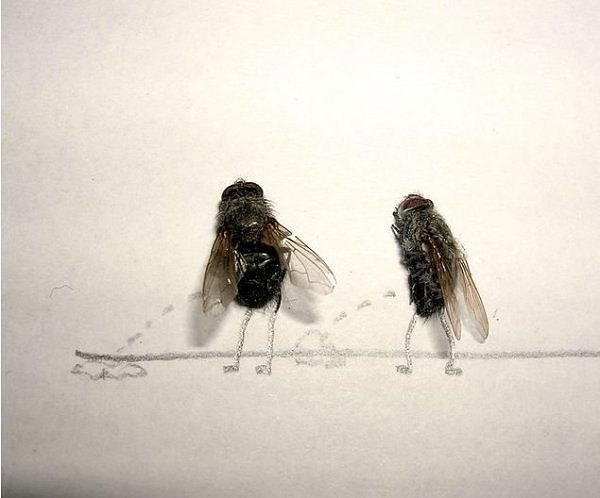Chris Chataway, the British runner who helped Roger Bannister achieve
the first sub-four-minute mile, then broke world records himself and
became a member of Parliament and a cabinet minister, died last
Sunday in London. He was 82.
Chataway was best known for helping Bannister,
his fellow Oxford graduate and good friend,
break the supposedly unbreakable barrier in the mile.
trained together to prepare for the attempt.
It came on May 6, 1954, at the Iffley Road track in Oxford,
an hour outside London. According to plan, Brasher,
a steeplechaser, led for the first two of the four laps.
Chataway, primarily a 5,000-meter runner, led for the third
lap and a little beyond. With 300 yards to go, Bannister
raced past and finished in 3 minutes 59.4 seconds,
an achievement that made the front pages of newspapers
around the world.
The three ran a victory lap together, and Bannister
subsequently said many times, “We had done it, the three of us.”
Chataway congratulating Bannister on the 1st sub 4 min mile
While Bannister’s record was monumental, it was also fragile.
In June that year, John Landy of Australia lowered it to 3:58.0
in Turku, Finland. He gave much credit to the runner who
pressed him for most of the race — Chris Chataway.
That summer, Chataway set a world record of 13:51.6 for
the 5,000 meters. In a 10-day period a year later, he set
world records of 13:27.2 and 13:23.2 for three miles. He also
ran a mile in 3:59.8.
Chataway was not as successful in the Olympics. In 1952
in Helsinki, Finland, he was leading on the last lap of the
5,000 meters, fell back to second, tripped on a curb alongside
the track and fell and finished fifth. In 1956 in Melbourne,
Australia, he finished 11th. After that, he retired as a runner.
For years, Chataway was unhappy with the path the Olympics
had taken, and what he saw as a shift from the Olympic ideals.
In 1959, he wrote in The New York Times Magazine:
“Are the Olympic Games a force for good or ill in international
relations? The answer is probably that they are not much of
a force at all. They are worthwhile for what they are:
the best sports meetings in the world.”
“In my experience,” he added, “the average athlete does not run,
jump or throw for the greater glory of his country. He does
it to satisfy himself, to meet his own competitive urges, to prove
something to nobody but himself. My motive force was purely
personal, never patriotic.”
Chataway started running again in his late 50s. At 64, he ran a 5:48
mile on the Iffley Road track, his first race there since Bannister’s
sub-four-minute mile. John Hartley, Chataway’s television
colleague, said Chataway had told him that as he stood on
the starting line this time, he calculated that in the 41 years
between those two miles, he had absorbed 400 pounds
of tobacco and 7,000-plus liters of wine.
Chataway, Bannister and Brasher remained close until
Brasher died in 2003. In 2004, at age 73, Chataway ran a
10-kilometer race in 49:08. The race was the Chris Brasher Memorial.
The starter was Bannister.
January 19th: a sad for running...
see ya on the roads, Chris.






























